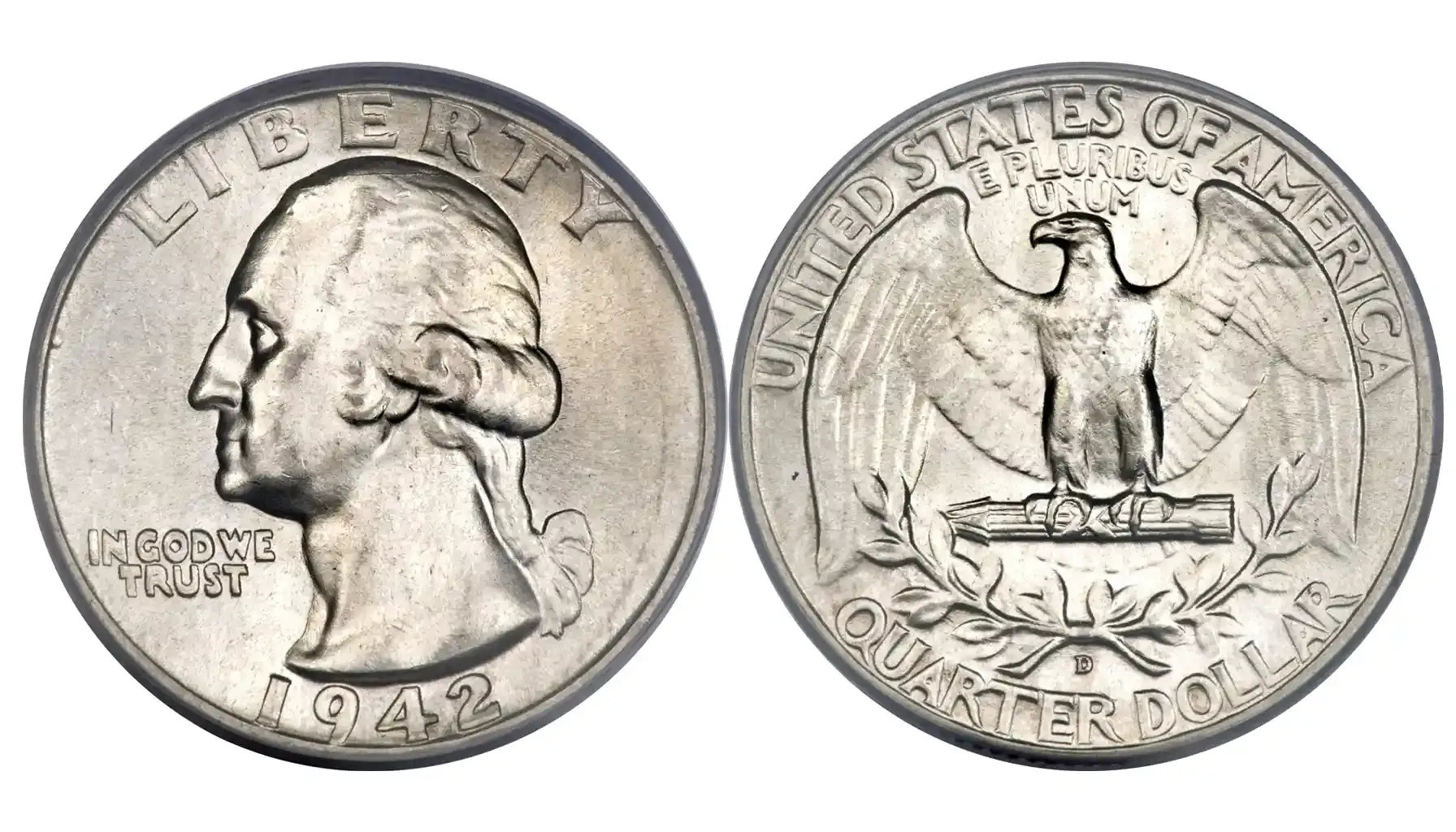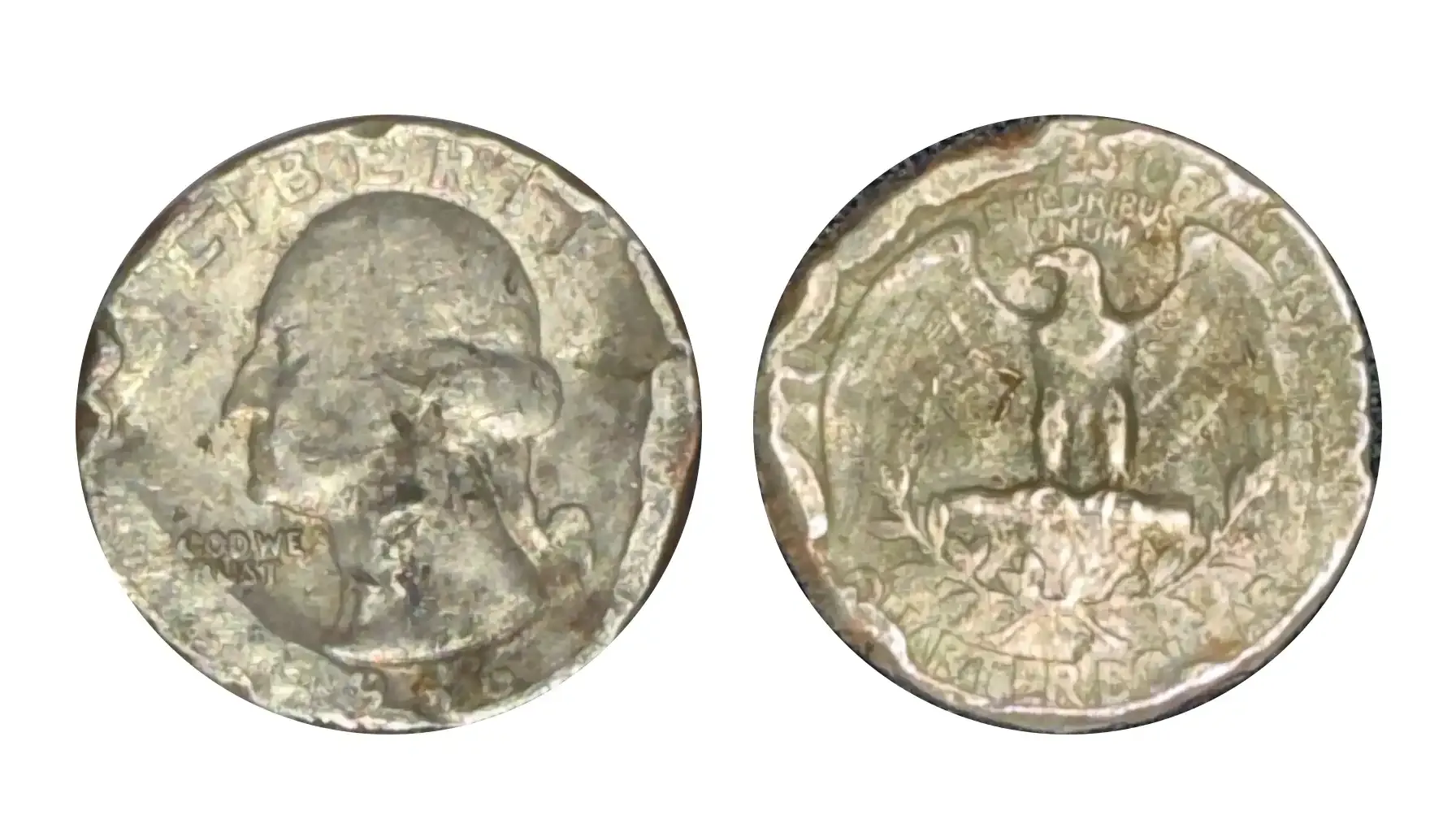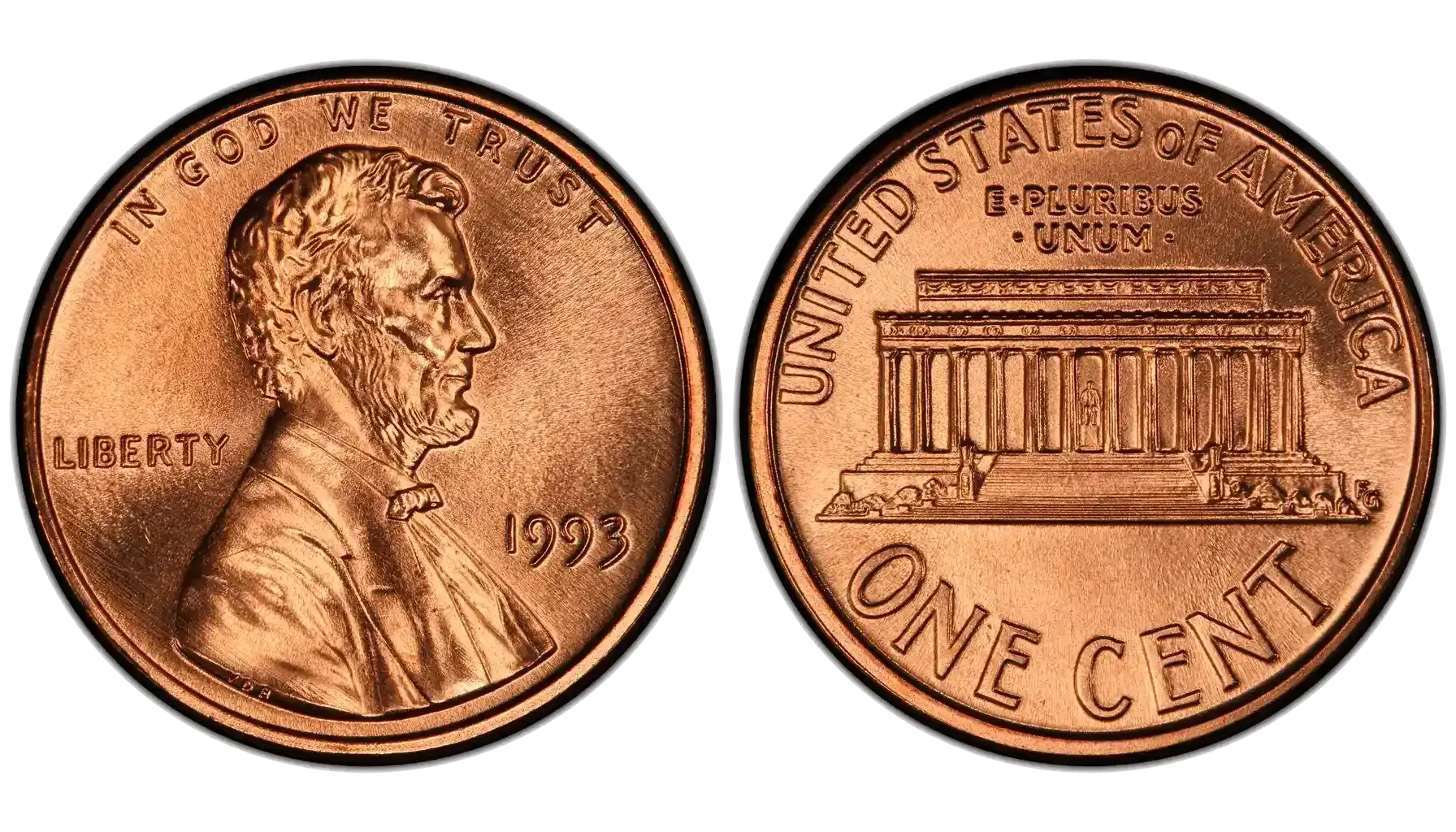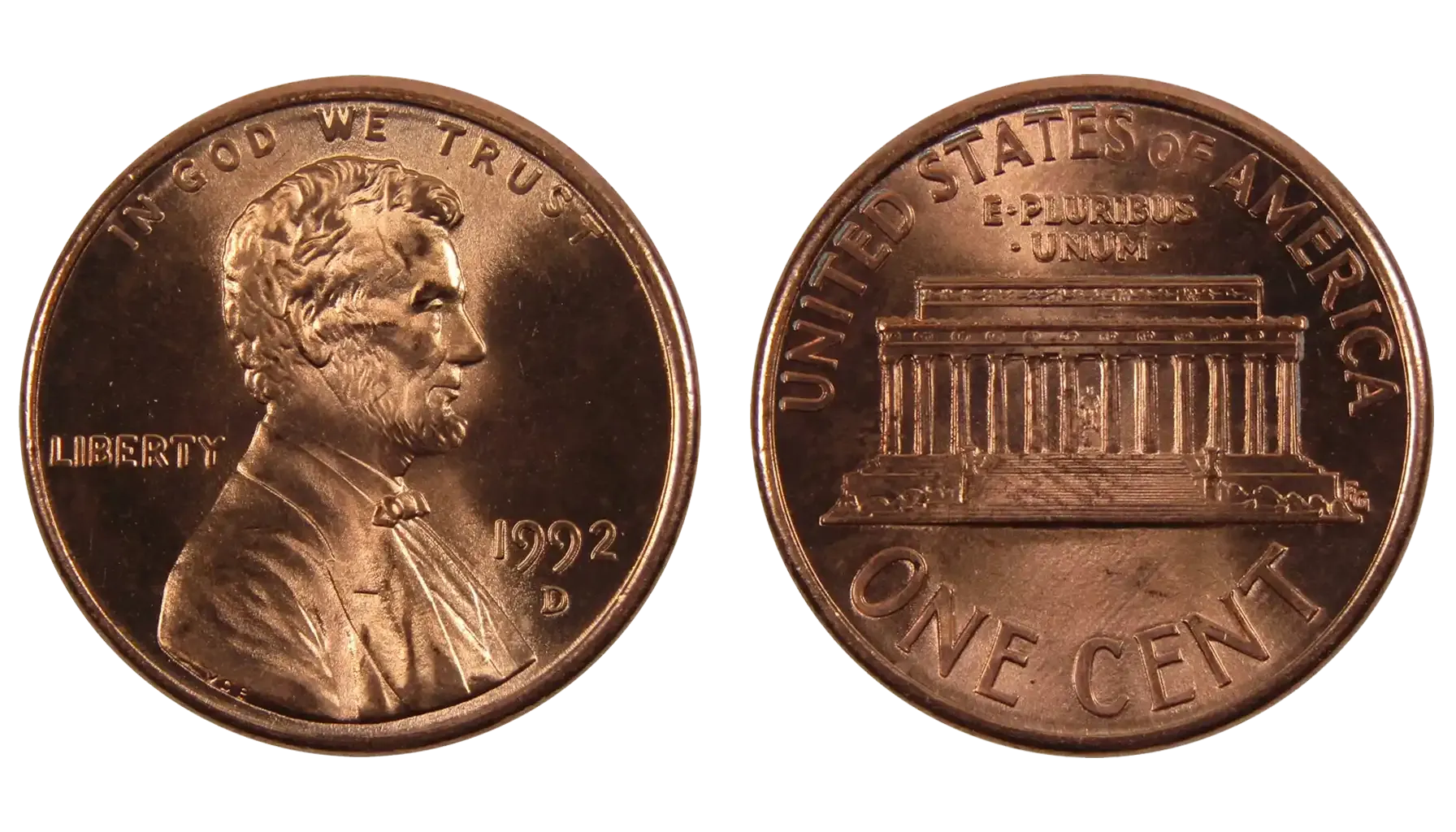Contents:
Sometimes, it seems like an immaculate coin is the most valuable coin, and this cannot be true. Slight unintentional modifications, aka errors, may significantly affect the worth and overall perception of the instance, depending on how noticeable and appealing these could be.
State quarter errors are among the most sought-after collectibles in numismatics, and they may literally drive coin lovers crazy on their numismatic paths. What do we know about error state quarters? Explore the concept of errors, check coin value, and compose the collection of your dreams.

What Do Coin Errors Mean?
Generally speaking, coin errors refer to unintentional defects that arise during the minting process and give some coins their exclusive appearance and higher price. These flaws are the results of human error or mechanical failures at the mint. But do not judge the book by its cover. However erroneous the coin may be, it is never to drop the price. So, this is why it is vital to comprehend such deviations and pay closer attention to minor yet complex changes in the appearance of the coins.
The Main Types of State Quarter Errors
As such, all the errors might be divided into four major groups, each of which bears unique characteristics and a specific place of origin and represents a distinct defect in the minting procedure. The main categories of imperfections you may run into are as follows:
Die Errors
Die errors are the defects that occur when the dies used to imprint a coin’s design develop flaws. These may include:
Notorious double dies: A misalignment during the die-making process that causes a design element to appear doubled.
Die Cracks and Breaks: A damaged die which results in defined lines or missing portions in the coin's design.
Die Clashes: Overlapping designs that are produced when impressions from one die show appearing in places they should not.
Planchet Errors
Another group of error coins worth money refers to planchet errors caused by the imperfections in the blank metal discs used to strike coins. Among the examples are:
Off-Metal Strikes: Coins struck on planchets meant for a different denomination.
Clipped Planchets: Coins that are commonly semi-circular in shape and have missing parts.
Lamination Errors: The coin's surface with a thin layer of metal that literally peels off.

Striking Errors
During the actual minting procedure, there may occur striking errors. These consist of:
Off-Center Strikes: Coins with designs notably off-center.
Broadstrikes: Coins that hit without the collar causing the metal to spread outward.
Multiple Strikes: Coins that have been struck more than once, which is why there appear overlapping images.
Other Unique Errors
Errors Some errors are extremely valuable yet difficult to categorize:
Missing Layers: Coins with one or more metal layers missing.
Misaligned Dies: Coins having one side of the design shifting out of alignment.
Color and Finish Anomalies: Changes in the coin's appearance brought on by inconsistent minting.
Valuable State Quarter Error List
State error quarters are some of the most exciting finds for collectors. These mistakes can drastically change the value. Here is a quick table of numismatic instances and worth, according to the auction websites and other reputable resources like Coin ID Scanner*.
Year | Quarter | Error Type | Description | Estimated Value |
1944-S | Washington Quarter | Doubled Die Obverse | Doubling seen on 'LIBERTY' and 'IN GOD WE TRUST.' | $2,000 to $4,000 |
1951-D | Washington Quarter | Doubled Die Obverse | Doubling visible on 'LIBERTY' and other letters. | $400 to $1,200 |
1999 | Delaware Quarter | Spitting Horse Error | Die crack near the horse's mouth with a 'spitting' effect. | $10 to $50 |
1999 | Georgia Quarter | Broadstrike | Coin struck without a collar, resulting in a spread-out appearance. | $50 to $200 |
2000 | Virginia Quarter | Missing Clad Layer | Coppery surface due to the missing outer metal layer. | $200 to $400 |
2004-D | State Quarter Wisconsin | Extra Leaf (High or Low) | An additional leaf appears near the corn stalk. | $100 to $300+ |
2005 | Minnesota Quarter | Double Die Error | Extra trees visible in the design due to die doubling. | $50 to $200 |
2006 | Colorado Quarter | Retained Die Crack | Visible cracks running across the coin, often near the mountains. | $30 to $100 |
2007 | Wyoming Quarter | Die Break Error | A die break near the saddle horn creates an unusual bump or line. | $20 to $100 |
2008 | Arizona Quarter | Cactus Error | Die chip covers part of the designer’s initials, blending into the cactus. | $10 to $50 |
*Should you wish to learn more about Wisconsin State quarter errors, Georgia State Quarter errors, or the like, appeal to Coin ID Scanner, i.e., a great resource that might deliver relevant information about every known coin, determine its approximate value, and become your personal assistant on the numismatic journey. Feel free to collect!
How to Spot State Quarter Errors
It can be thrilling and satisfying to discover mistakes in state quarters. However, it takes some practice to finally be able to spot these uncommon yet appealing flaws. So as to identify state quarter errors, follow these guidelines:
Examine Both Sides of the Coin: Start by looking at the coin's reverse and obverse sides. Examine the design for any anomalies or deviations, such as components that seem out of place or misaligned.
Look for Flaws in the Design: No matter what type of error you are to encounter (be it a minor detail alteration or a more significant, obvious shift), pay closer attention to any places where the design appears strange. Look for components that do not have the proper symmetry. Coins are standard, yet not in this case.
Check the Coin’s Shape and Edge: Observe the coin's edge and shape carefully. Any irregularities around the edge or deviations from the typical round shape could indicate a mistake. This is obvious, though.
Inspect the Detail Closely: Take a closer look at the design's smaller elements and typography, among other finer aspects. Keep an eye out for any signs of a crooked design or repeating patterns in inappropriate places.

Look for Uneven Color or Surface Texture: Check for any odd color transitions or inconsistencies in the texture of the surface. In certain places, the metal may appear different, which could be a sign of a minting problem.
Use a Magnifying Tool: Employ a loupe or magnifying glass to locate faults that are smaller and more subtle, e.g., in mint marks. This method may also be useful when exploring coins without errors, too, for this might make it easier to spot fine lines and tiny details in design that can be hard to detect with the naked eye.
Learn More about Common Features: Understand the state quarter error coins’ typical characteristics, as these can help you identify anything out of the ordinary. Learn the standard layout and features of state quarters so that you can recognize when something is not what it should be.
Utilize Coin-Collecting Apps: Do not neglect using tools like Coin ID Scanner, as this may make this experience smoother and faster for sure. Scan your coins to identify defects and explore the origins of your coins, too. Just a fine numismatic assistant with numerous features to offer.
Finding uncommon coins is only one aspect of hunting for state quarter faults. Another is discovering the secrets and mysteries that make collecting such an exciting hobby. Keep looking, keep learning, and who knows, maybe your next discovery will make your collection something truly remarkable.



